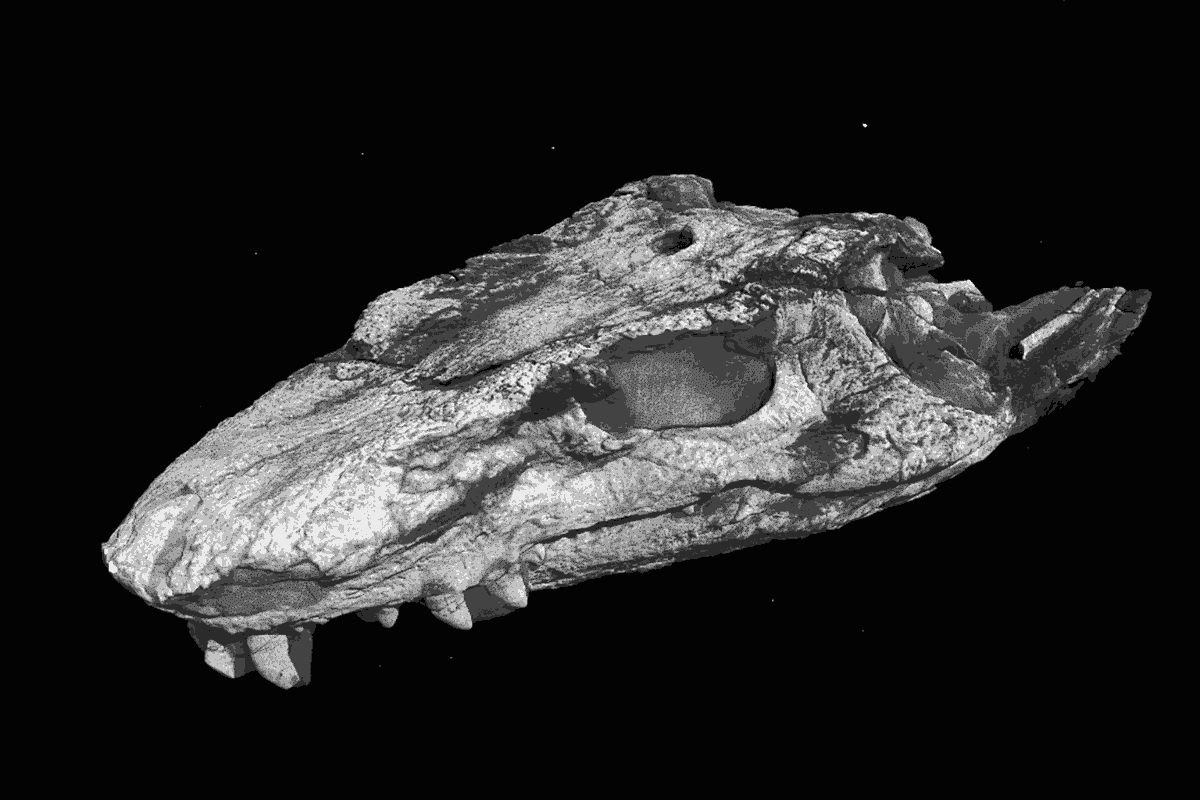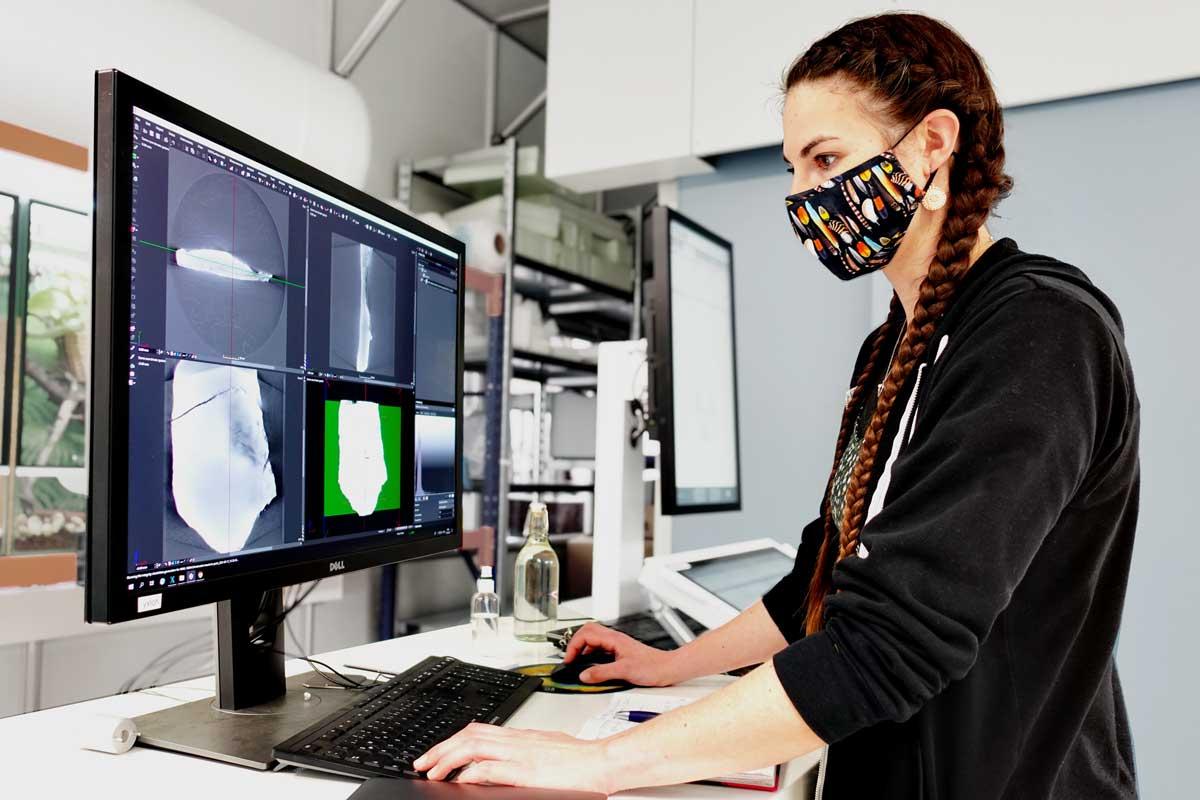The Bromacker excavation site represents the only Permian fossil deposit worldwide, which is characterized by first-class preserved three-dimensional body fossils as well as trace fossils.
More than 40 articulated and partially complete skeletons as well as countless individual bones thus provide an invaluable insight into the paleobiology and ecology of early terrestrial vertebrates and their environment. Researchers from the Museum für Naturkunde Berlin, the Stiftung Schloss Friedenstein Gotha and the Friedrich Schiller University Jena are focusing on the following five main research areas.
Main research areas at Bromacker
Biodiversity
Biodiversity discovery (excavations), fine preparation, digitization, taxonomy, morphology and phylogeny as a basic requirement for further studies.
Ecosystems
Quantitative paleobiodiversity research (trophic and biogeographic network analyses, disparity analyses, numerical modelling), integrating paleoecology.
Biomechanics
Functional morphological studies with the help of the most modern 3D image technologies (computer tomography, 3D laser scanning, photogrammetry, finite element analysis) on the basis of body fossils as well as on the basis of the associated trace fossils (tracks of the living world of that time)
Physiology
Bone histological and morphometric studies on the growth and metabolism of vertebrates of the Bromacker excavation site by analyzing the microstructure of their bones.
Geology and climate
Sedimentological-geological investigations of the different fossiliferous horizons in the Tambach Formation by means of outcrops as well as deep drilling with geochemical analyses (isotopes) in order to obtain new knowledge about paleoclimate, depositional space and taphonomy.

CT-Scan of a scull of Diadectes. Image: Martin Kirchner
